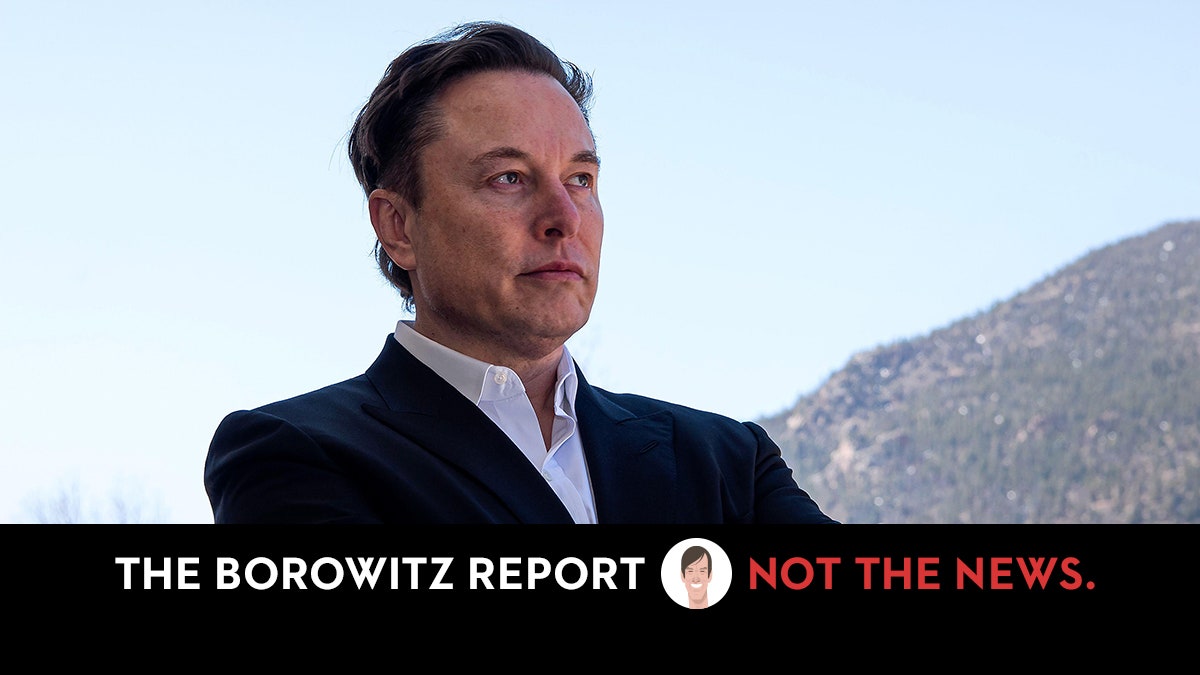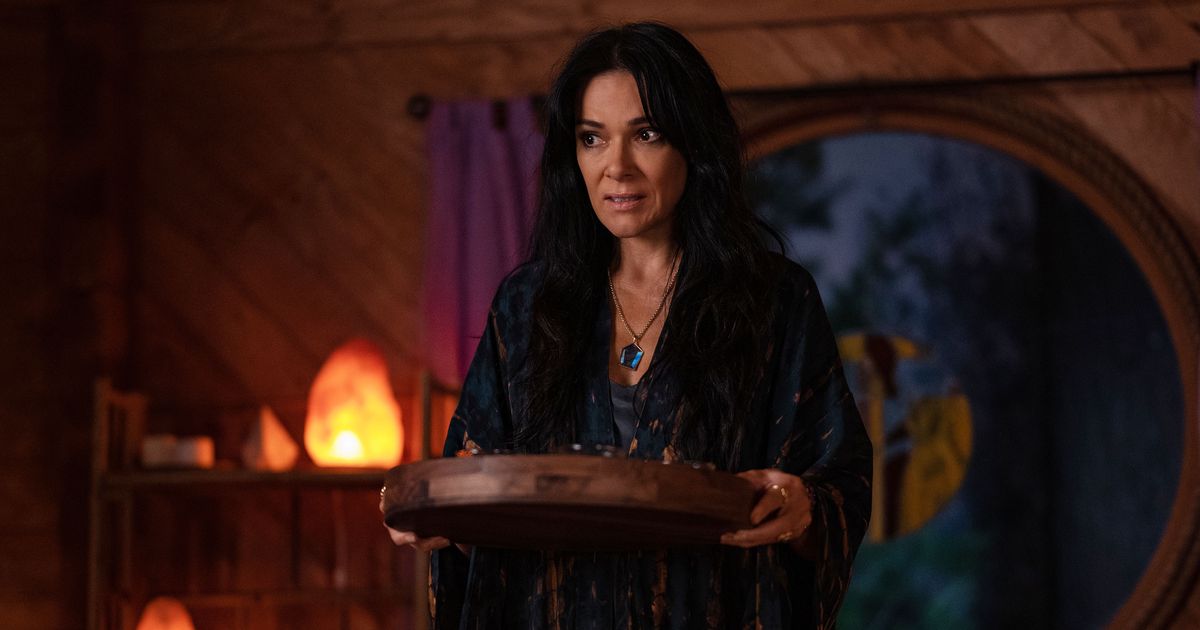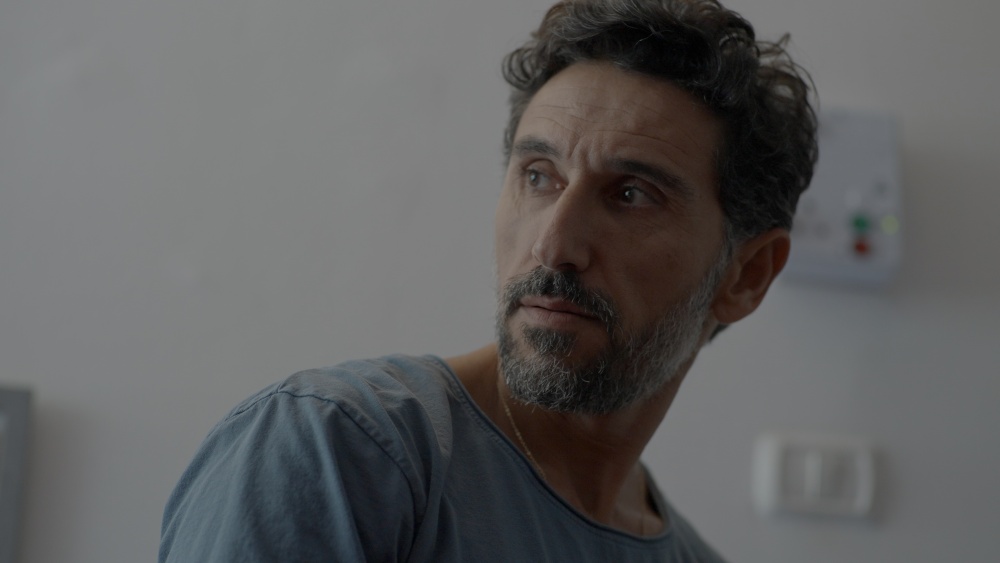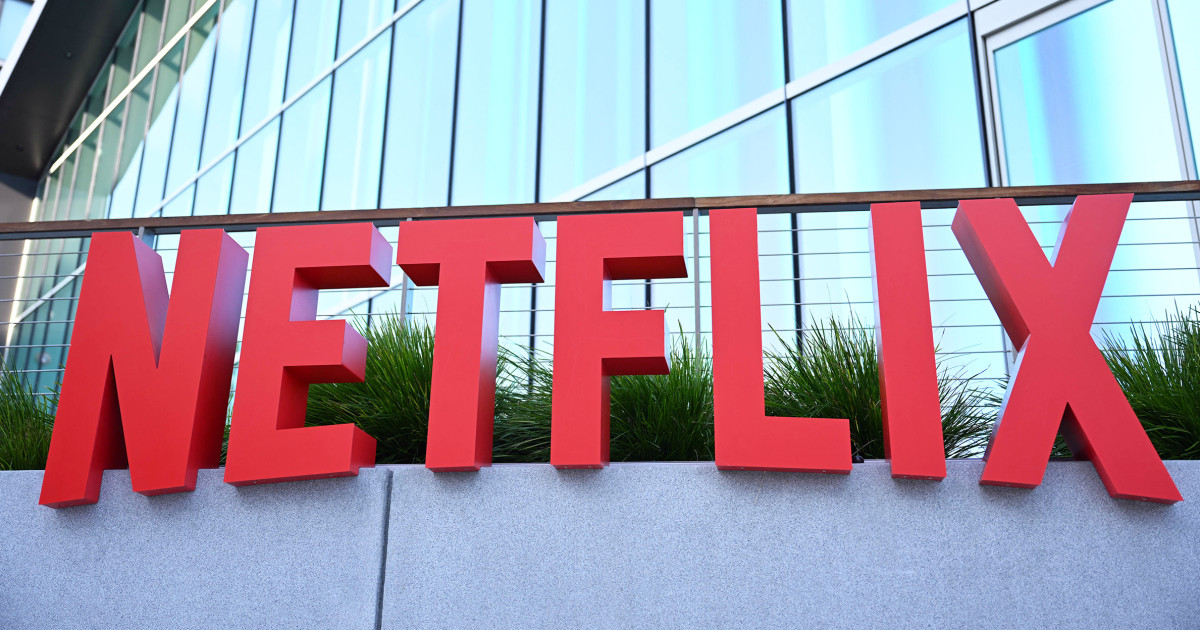Netflix’s Era of Lowered Expectations

Photo: Adam Rose/Netflix
It’s been a weird week for Netflix. That’s not to say it’s necessarily been a bad week for the company, but the past few days have been a bit of a rollercoaster for the No. 1 streamer. Let’s recap:
➽ What should have been a milestone moment— Sunday night’s Love is Blind live reunion special— turned into a massive customer relations fail (as well as a social media nightmare) when the vast majority of Netflix users were unable to access the livestream.
➽ Then on Tuesday, in a not-entirely-surprising but still unexpected move, Netflix announced it would be shuttering its iconic DVD delivery service this fall. It felt like the end of an era because, well, it is.
➽ Finally, later the same day, the company said it added a meh 1.75 million subscribers during the first three months of 2023 and that its profits during the quarter were down modestly vs. last year. The results weren’t that far off from what many industry analysts had been predicting.
Taken as a whole, all three events this week underscored that we really have entered Netflix’s Era of Lowered Expectations. Shutting down DVD delivery won’t undercut the main mission — it’s a streaming company, and has been for a decade — but it also feels like the sort of move tech companies make when they start to move away from “surprise and delight no matter what” and into their “every penny of profit matters” phase. (See also: Apple.) Similarly, this week’s earnings report was not at all awful, and the good news was that there wasn’t the sort of nasty surprise — like a drop in subscribers, which a year ago led to the Great Streaming Correction. But the fact that Netflix was back to barely growing after two stronger quarters was a reminder that the days when nearly every earnings report brought stunning news of growth are probably over.
And then there’s the Love Is Delayed mess. My first reaction to the meltdown was that this was basically just a bad night on Twitter, and something which would be quickly forgotten. I still don’t think there will be any serious long-term consequences for Netflix, but I’m now of the mind that it would be wrong to just chalk this up to “stuff happens.” For a decade now, Netflix has stood apart from the rest of the streaming (and TV) industry in part because its actual product — the tech platform, not the shows — has been just lightyears ahead of anyone else. Sure, some folks don’t like user interface or the lack of curation, but as an app, Netflix just tends to work better than any rival of its size: It loads faster, crashes less often, and it’s easy to navigate even if you’re an 80-year-old tech-averse granddad.
Netflix has suffered bugs before and certainly outages, but rarely has it crapped the bed in such a high-profile way. To his credit, co-CEO Greg Peters admirably (if a bit belatedly) stepped up and owned what happened during Tuesday’s earnings report. He didn’t try the obvious spin, i.e., that there was so much demand for Love Is Blind, Netflix’s servers crashed. Instead he chalked it up to a bug related to some new tech the company was using to try to improve upon the livestream performance of its earlier live Chris Rock special (the one which went smoothly). “We just didn’t see this bug in internal testing,” Peters confessed, adding that the glitch in the software didn’t become apparent until after it was scaled up on Sunday night.
His explanation made sense to me, since the idea of Netflix’s servers not being able to meet streaming demand seemed too far-fetched to consider. I do not doubt Love is Blind is extraordinarily popular; it’s likely the No. 1 reality show in America and maybe even the English-speaking world (I’m not up on ratings for India). But even if you account for a lot of people trying to log in at once because of the “live” factor, I can’t imagine the mere volume of users would phase the same servers which handled so many simultaneous streams of Stranger Things season four. On the other hand, a bug tied to new live tech is more logical — and yet, it still seems like the kind of big mistake which wouldn’t have happened at Netflix a few years ago. The company under founder Reed Hastings was relentless in analyzing everything in advance; even the most minor change to the user interface would undergo rigorous A/B tests.
So a failure this big makes it worth considering whether or not other factors might be having a trickle-down impact on the streamer’s world-class (and justifiably very well-paid) engineering division. The wave of layoffs which hit Netflix last year — while much smaller than the cutbacks which have followed at other media and tech companies — still represented a psychological sea-change at a company which had been experiencing virtually non-stop growth for more than a decade. Sometimes a mistake is just a mistake, but the idea that a year of bad news could impact morale and performance doesn’t seem completely far-fetched.
Or maybe Sunday’s snafu was partially the result of Peters and fellow CEO Ted Sarandos pushing the live feature out into the world too quickly, nudging the product team to launch a feature which really wasn’t yet ready to scale up at this level? No doubt the engineers relished the challenge of adding a new feature: I’ve talked to some of them in the past, and these folks make MacGyver look like a hack. But Netflix execs have been very eager to squash the whole “correction” narrative: Hastings and his c-suite colleagues went from “never advertising” to “Mad Men, baby!” virtually overnight in part because they knew it would give Wall Street types something to talk about other than sagging subscriber growth. It’s hard not to wonder whether jumping into live TV with blockbuster events was a similar attempt to change the subject.
That’s not to say Netflix is wrong to want to make more of its projects feel like events. Audiences crave communal experiences, and tuning in at a given hour makes that a lot easier. The social media attention also acts as amazing marketing. But I’d argue Netflix didn’t need to lead with “live” here. A much easier, possibly less tech-risky option would simply have been to just tape the reunion a day or two earlier and then have it go live on the service at a reasonable hour in the early evening — you know, that things folks over 40 used to call “primetime.” A scheduled premiere wouldn’t have been as gimmicky as a live show, but it might have achieved the same goal — make the reunion into an event — with far less risk.
In the end, the last few days of mildly negative Netflix news are unlikely to have any major lingering effects on the company. The streamer’s stock closed down a modest three percent Wednesday, nowhere near the 35 percent collapse it suffered a year ago this week. Plus, after all the drama of 2022, Netflix shares are now right about where they were at the start of 2020, before the pandemic created a bubble of perhaps irrational exuberance among investors about how big the streamer could get. None of this is to suggest there aren’t serious challenges ahead, including the not-insignificant brand damage it could suffer once its crackdown on password sharing hits the U.S. by the start of summer. But with Disney and Warner Bros. Discovery still going through painful readjustments in their streaming strategies, Netflix’s new normal of slower growth, steady profit and, yes, lowered expectations doesn’t seem too bad by comparison.






